Thank you for supporting Nature Moments! We are making the world a better place, one nature connection at a time - be curious, be amazed, and then do it again! 💚
In honor of maple syrup season, I am re-publishing this essay about one of my favorite Maine
It’s maple syrup season here on the homestead!
When we first moved to Maine, and saw our little tangle of forest dotted with maple trees, the wheels began to turn. How do you make maple syrup? Can we make maple syrup? Should we give it a try?
I’m sure it will come as no surprise that we did give it a try. And we have found ourselves surprised by maples ever since!
So as the trees are tapped and the pots are boiling, I thought this might be a good time to share some of the amazing things I’ve learned about a tree I hardly knew, back when I was musing over bottles on a grocery store shelf.
Hmmm…where to begin?
Why maples?
All trees produce sap, and each sap has its own unique formula of sugars and nutrients. Maple sap has a very high sugar concentration compared to other trees, and a flavor profile that has become really popular, so that’s a winning combination!
How does this even work?
Deciduous trees have this really familiar life cycle, right? They drop all their leaves in the autumn, conserving energy and water through the cold winter months. So, of course, when spring arrives, they need to generate a whole treeful of new leaves. Sap, a mixture of sugar and micro-nutrients dissolved in water, provides the energy for this enormous undertaking.
Why is it a season?
Maple sap is only harvested for a few weeks a year, during this very particular shoulder season between winter and spring. And that’s because maple trees are triggered by changes in temperature to generate the changes in pressure that drive the flow of sap. Daytime temperatures soar into the fifties; nighttime temperatures drop below freezing; and that rhythm makes the sap run from deep-drinking roots to soaring branch tips!
There are different kinds of maple trees.
Sugar Maples are preferred because they have the highest sugar concentration. But “high” is a relative term - it will still take an average of 40 gallons of sap to produce 1 gallon of syrup!
On the homestead, we only have Red Maples, which have a slightly lower sugar content. But since we’re only making syrup for personal use, the extra boiling actually isn’t even noticeable to us.
Making maple syrup is pretty simple, actually.
It’s a very low barrier-to-entry activity, at the hobby level. You just need a drill, spiles, collection containers, and a pot or two. Watch a few videos to get started (or ask around, because if you’re in a maple syrup area, everyone will have a piece of advice for you), and then make plans and adjustments each year according to what works best for you.
We can tap up to about 40 trees. We use gallon bottles for collection and empty daily “sap runs” into a couple of tall stainless pots boiling on an outdoor double-burner propane stove. Once they’re reduced to near-syrup, we finish them inside on our wood stove or kitchen stove.
Commercial syrup-making is often highly automated, with networks of plastic tubes gently vacuum-pumping sap directly into collection vats, auto-feeding industrial stainless steel table evaporators, and finishing in bottling lines, ready for distribution.
Maple sap is delicious.
It’s lightly sweet, and it’s the perfect temperature straight from the tree. It’s incredibly refreshing and brightly energizing. The first time we made the mistake of drinking a cold glass in the evening, we couldn’t fall asleep!
And it’s not just us - we’ve seen squirrels licking broken maple branches during sap flow. If it’s good enough to kick-start buds and blossoms, you can bet it’s good enough to kick-start your morning!
Syrup-making smells amazing.
There’s a reason why they call them Sugar Shacks! Evaporating maple sap puts off a lot of steam. So much steam that anyone who’s from here has a story about someone accidentally steaming off their kitchen wallpaper.
Warm, fragrant, sugary, misty steam, like a candy forest mirage, or like sweet dreams swirling in waking moments…I like to put my face over the pot and just take a few deep breaths of maple steam. I call it a cotton candy facial. I think it would make an amazing luxury spa treatment!
Actually, I bet someone’s already doing exactly that…
Hold on, I’m googling “maple steam spa treatments” right now…
And I absolutely found this one place in Connecticut that is running a maple steam room!🤣
Maple Syrup comes in different colors.
I always assumed that the color differences were a matter of cook time, kind of like a coffee roast. But I was delighted to discover, instead, that it’s literally the tree sap that changes throughout the run!
As temperatures warm, microbial activity in the sap increases, converting sucrose to fructose, which gradually shifts the color from Golden to Amber to Dark. This is all very science-y and sensible, and there’s very little difference from a chemical or nutritional standpoint…But the effect is magical!
The very earliest days of a run produce Golden, or Delicate syrup, which we were lucky to get this year! It is incredibly light, faintly floral like the promise of spring blossoms, almost like honey. Another gift, from a tree that seems to be always giving!
Doesn’t tapping harm the tree?
It’s quite a partnership that you enter into with your maple trees, because you really want them to stay healthy year after year! A maple tree needs to be at least 12 inches in diameter before tapping, to ensure that it has enough sap to share. Drills and spiles are sterilized before tapping, and removed promptly at the end of the sap run. Holes are spaced year-over-year to prevent over-damage to one area. In a healthy tree, tap holes heal over completely by the next season. But trees can have a hard year like any of us, so we always check. If last year’s hole has not healed over, we skip that tree for the season.
When maple syrup season is over, maples are still amazing.
The end of the sap run is defined by bud pop. Having filled its entire branching network with sap, the tree blooms. And because Red Maples bloom before they leaf out, you really get to appreciate the fuzzy fireworks display!
Maple blossoms transform into one of the most fascinating and elegant seed distribution systems I’ve ever seen. Clusters of shimmering samara butterflies progress through stages of red and green and pink and gold, lifting off in their seasons to fill the air with whirling magic.
The maples spend a stately summer nodding dappled shadows over all of our sweaty farm-work.
And for a season finale, they flush into a spectacular color gala and invite everyone to the party. Yellow, red, orange, deep mulberry purple, dotted all about the forest, or sometimes tumbling all together onto one tree.
And then they drift off into a gentle slumber until those zig-zag days begin stitching winter into spring once more.
Who could have imagined all the adventure that was waiting, just by getting to know the maple trees!
Visit my online gallery for custom-print wall art and decor, and bring some moments of connection home to your everyday life!


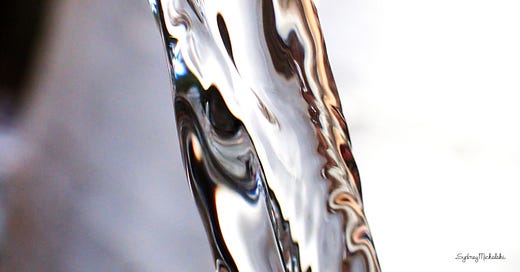


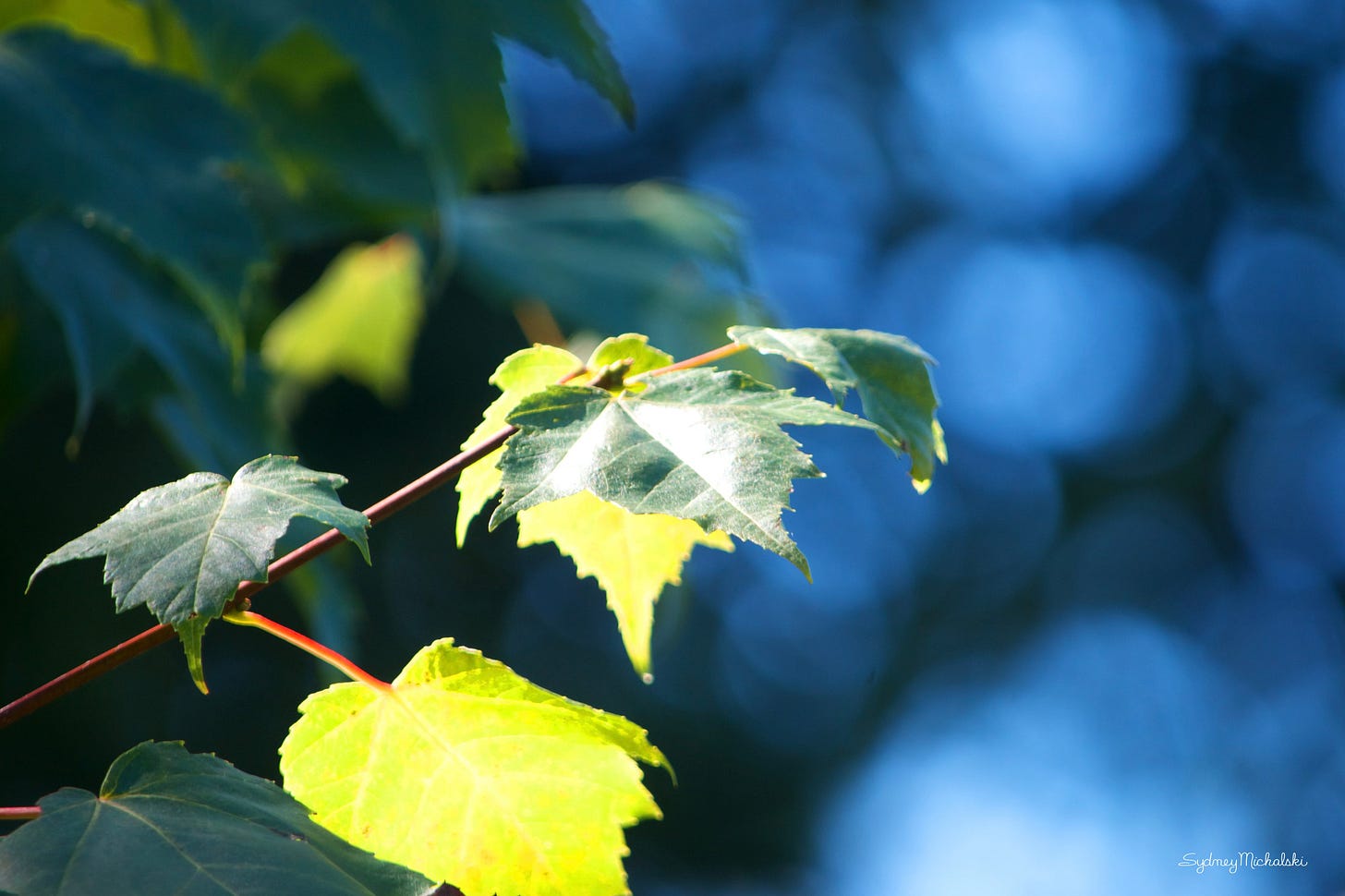
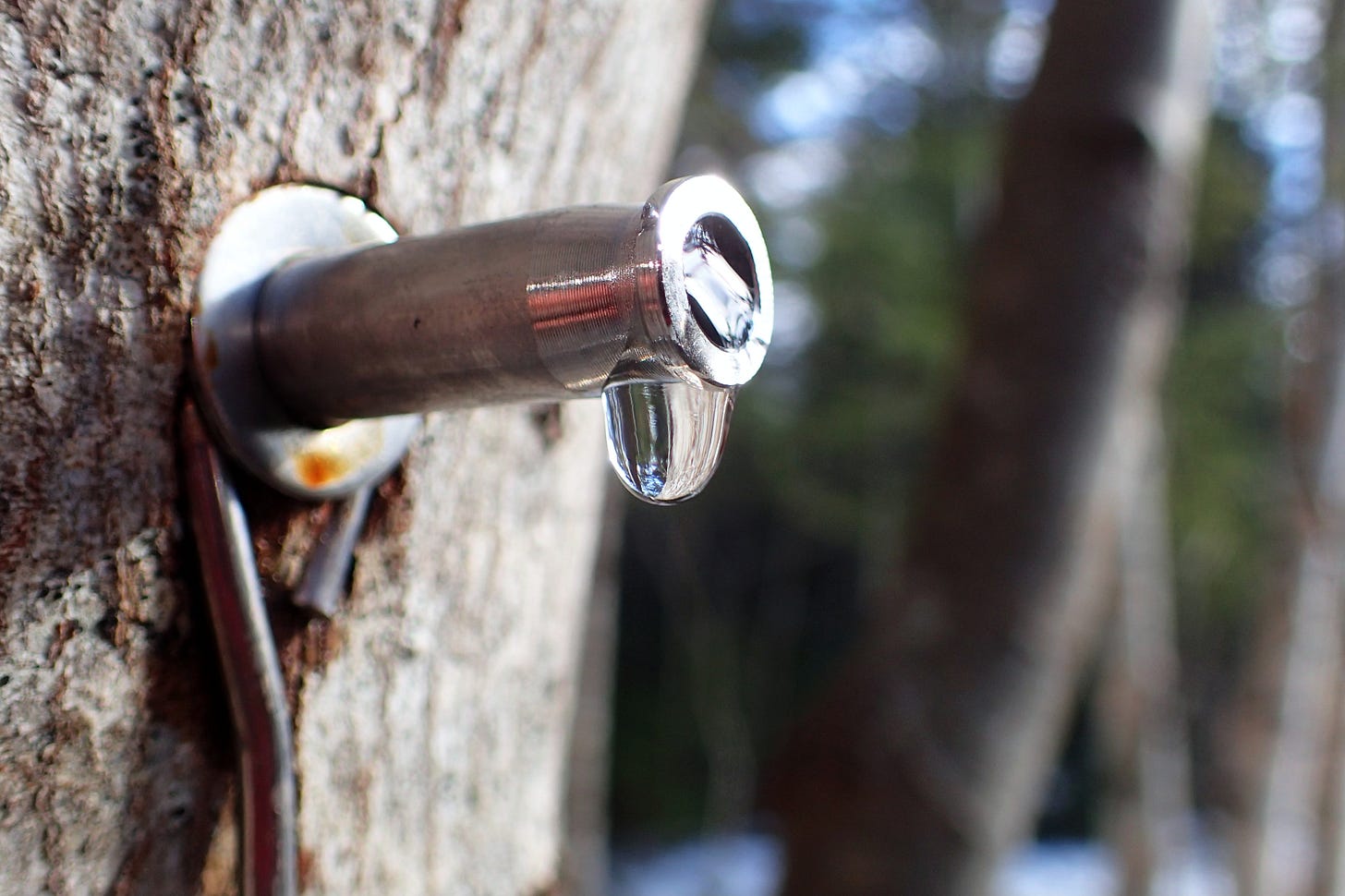
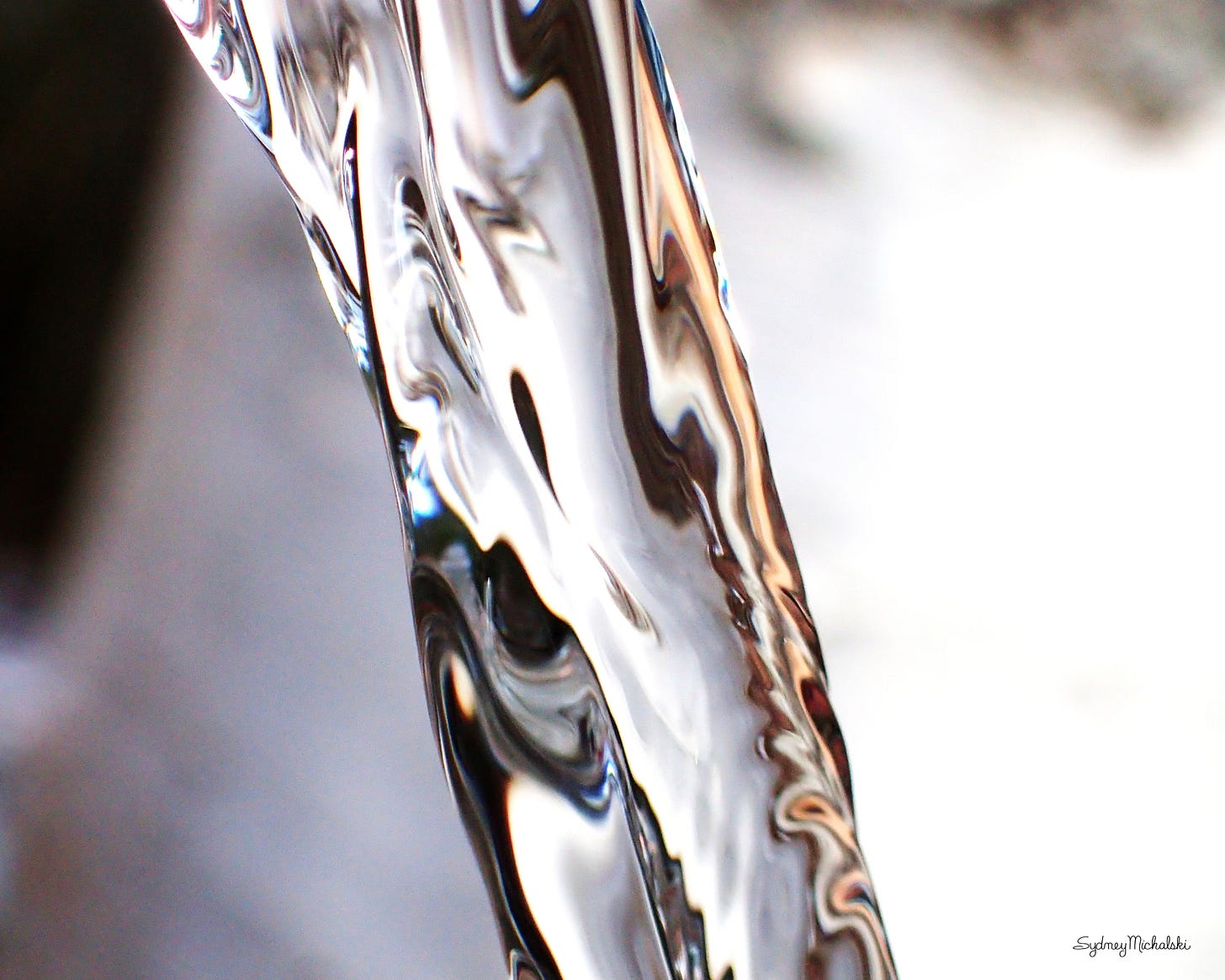



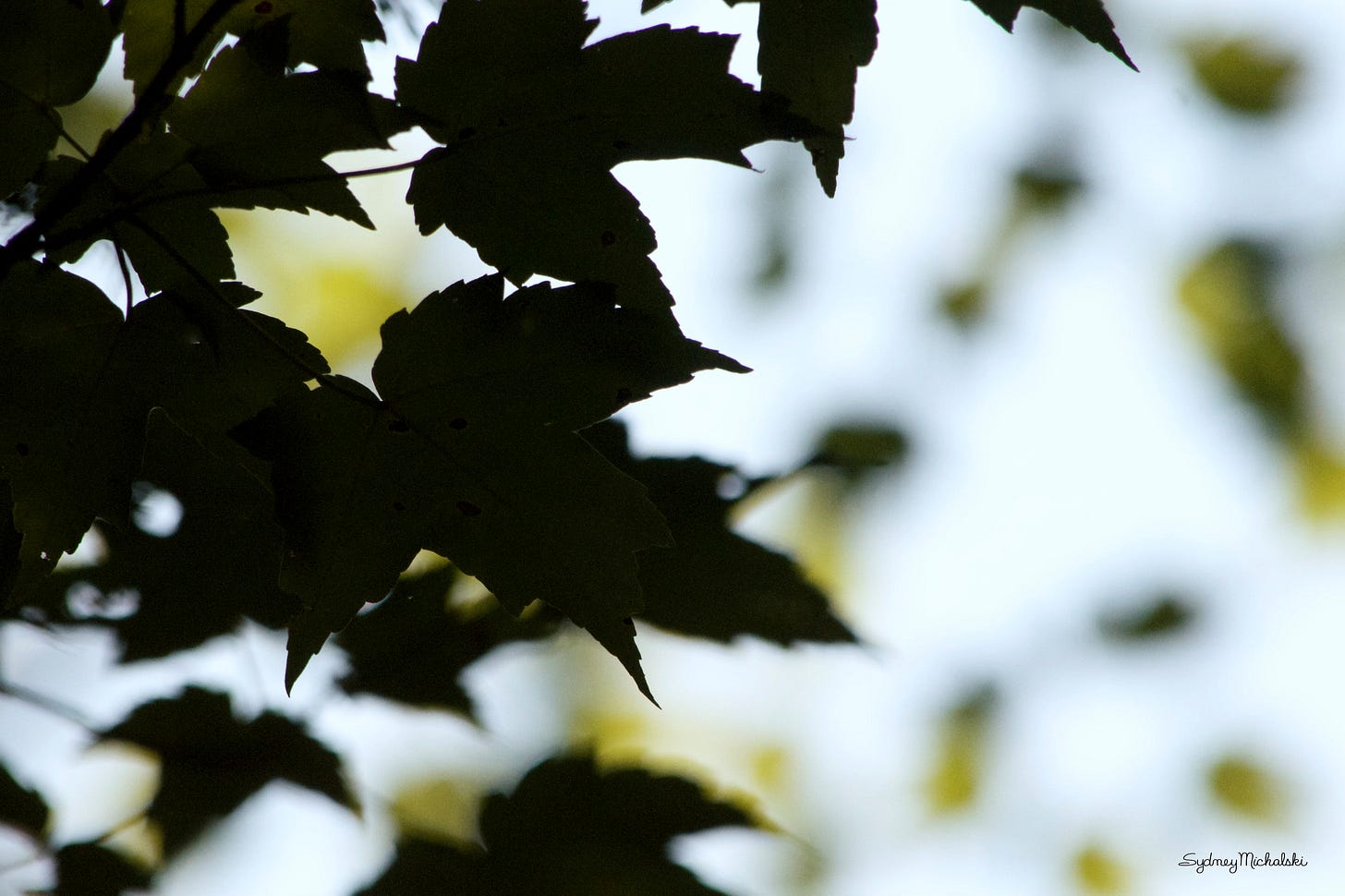
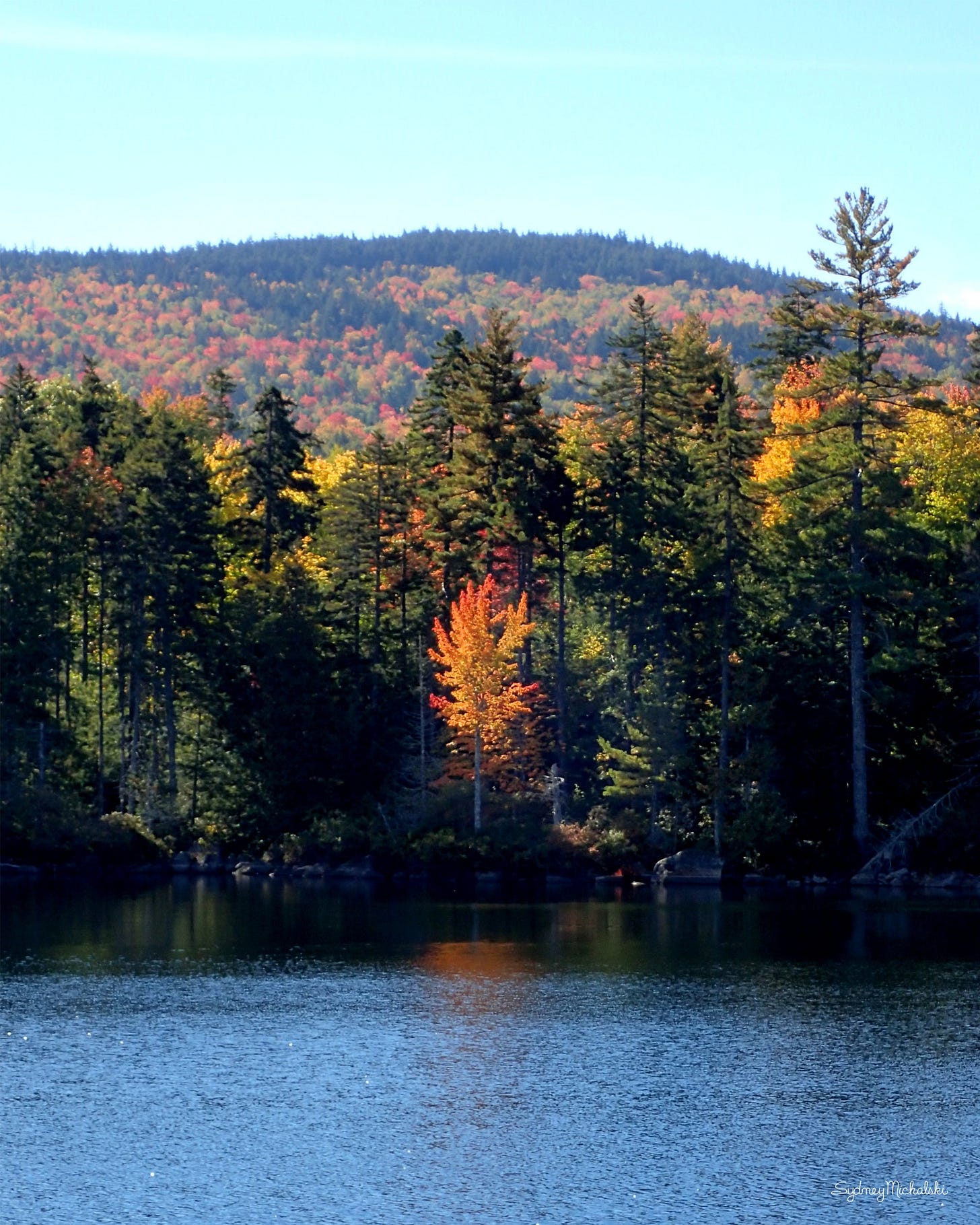

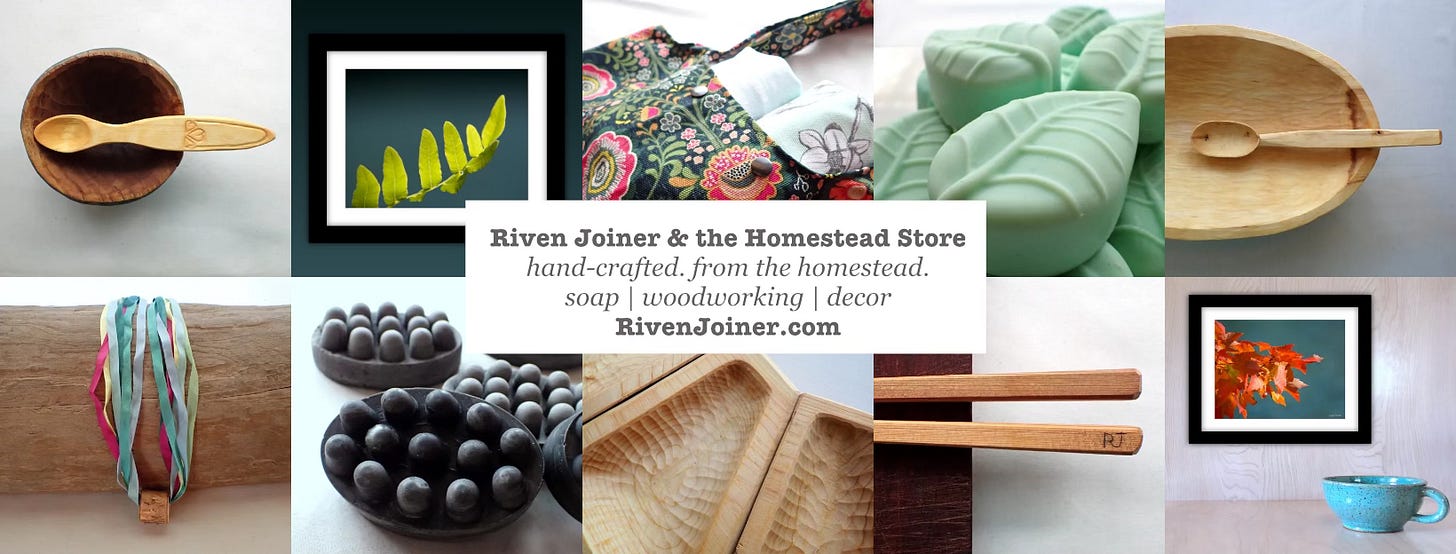
Sydney What a wonderful tradition. Thanks you for sharing your life. D
Gorgeous photos, and so interesting! The article makes maple syrup sound equal parts intricate and accessible to learn—and the intricate pastimes are often the best ones. Thank you, as always, for writing.